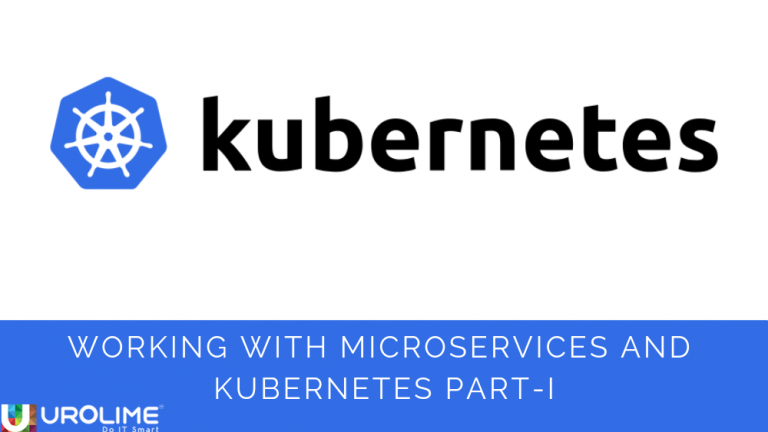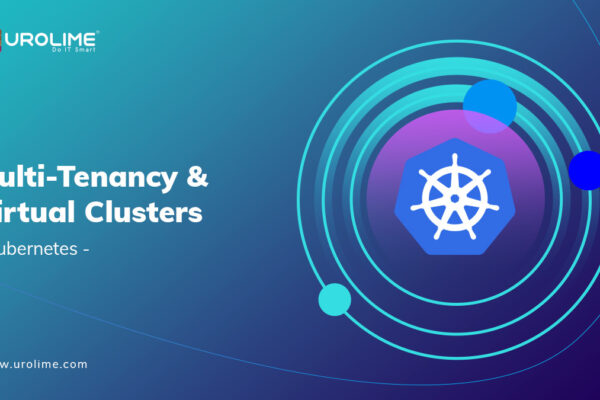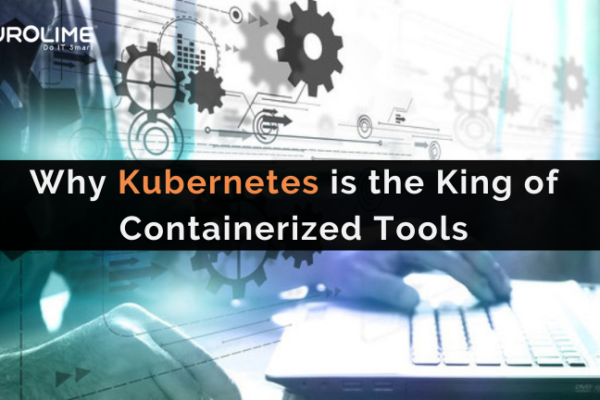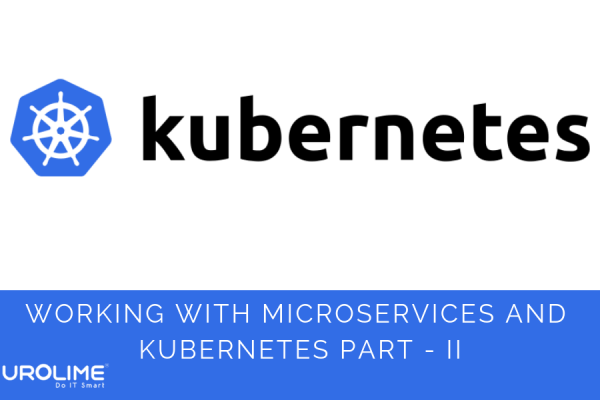Microservices, I bet this is not something uncommon, especially in the field of technology. Well, it is something that anyone should know as it is the future of development. When we define microservices, we are actually referring to microservice architecture. In simple words, it can be described as a collection of independent services with each services having their own functionalities in a system.
Rather than having a single monolithic system for running all services, By setting up multiple independent services a.k.a microservices. each service is capable of handling its own defined functions. This approach allows the application to be more reliable; such that the failure in one service doesn’t affect the entire system if it is built right.
So, how Microservices and Kubernetes are able to work together?
Microservices work great in containers, and one of the best container orchestration platform is Kubernetes. In other words, Kubernetes is designed in such a way that it makes a perfect ecosystem in which an application can handle multiple instances of microservices. But first, we need to know how Kubernetes works.
Consider a container setup in which MySQL is added in one container, and the web server and PHP are added in another. These two containers can communicate with each other, by creating a usable web server that is capable of running PHP-based applications. However, this setup becomes incredibly complex for production-grade features like scaling and fault tolerance. Kubernetes just simplifies the whole process. The pods in kubernetes functions similar to containers.
What differs is the way how pods can run across multiple servers in a cluster. It is the task of Deployments to govern the behaviour of each pod instance. Kubernetes Services can be added to control traffic to groups of pods, without having to worry about where the pods are located and how many pods require control. Kubernetes services handle things such as load balancing and port management.
So, how do Kubernetes functions help microservice architecture orchestration?
With an environment created, the possibilities are endless for microservice architecture. Functions namely authentication, data management, API gateway etc. run within their own pods, therefore implementing a complex microservices architecture becomes much easier. Another advantage of using microservices with Kubernetes is flexibility. Each pod and its services can be remotely developed, tested, and maintained by separate teams. These services can be scaled up or down independently.
Getting Started With Microservices and Kubernetes
Well, it will get started, but not here. it will get started and continued in Part-II.
About Us
Urolime is one of the leading DevOps consulting company with considerable experience in supporting customers around the globe in adopting DevOps practices. As an AWS and Cloud consulting partner, Urolime not only has experience in Cloud Migrations but also support the vast customer base to enable scalable and highly available architecture on AWS, Azure, and GCP. The customers benefit from our expert involvement in Deployment Automation (CI/CD), Infrastructure Automation, Dockerization, Security, Disaster Recovery Planning & Implementation and 24/7 Managed Services with 10 Minutes SLA. Urolime is one of the companies which deals with a bunch of Kubernetes solution build for the customer on AWS, Azure, and GCP.
![]()






